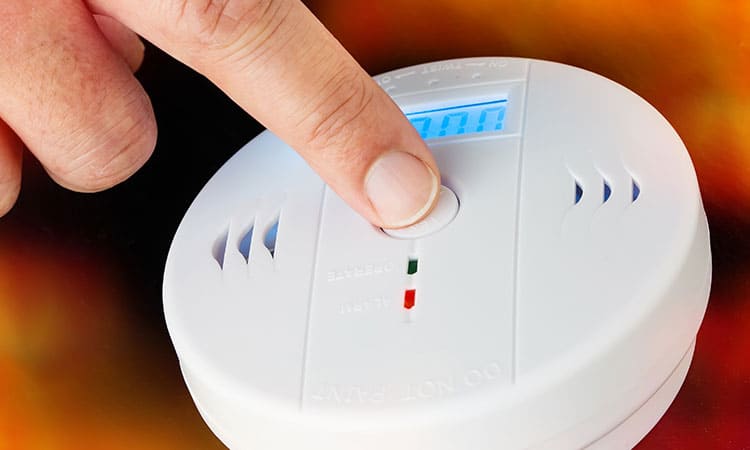What is Carbon Monoxide & How to Remain Safe From It
At Liberty Gas, safety is always priority number one! With that in mind, we feel it’s important to share some facts about carbon monoxide (CO), which is the leading cause of accidental poisoning in the United States.
More than 400 Americans die from unintentional carbon monoxide poisoning every year, according to the Centers for Disease Control and Prevention (CDC). More than 20,000 visit the emergency room, and more than 4,000 others are hospitalized. On almost every occasion, these could have been avoided with proper precautions.
What is Carbon Monoxide?
Carbon monoxide is an odorless, colorless gas that often goes undetected, striking victims caught off guard or in their sleep.
This “silent killer” is produced by burning fuel in cars or trucks, small engines, stoves, lanterns, grills, fireplaces, gas ranges, portable generators or furnaces. When the gas builds up in enclosed spaces, people or animals who breathe it can be poisoned. Ventilation does not guarantee safety.
According to the U.S. Consumer Product Safety Commission, about 170 people in the U.S. die every year from carbon monoxide produced by non-automotive consumer products such as room heaters.
Oil, propane, and natural gas heating systems, along with gas appliances and fireplaces, all release carbon monoxide as they burn. If you have any of those systems in your home, then they should be inspected annually by a trained expert such as the team at Liberty Gas. Each can be a health and fire hazard if not maintained properly.
What Can I Do to Keep My Family Safe from Carbon Monoxide?
Winter can be a prime time for carbon monoxide poisoning as people turn on their heating systems and mistakenly warm their cars in garages. But precautions should be taken for all seasons.
The National Safety Council (nsc.org) recommends you install a battery-operated carbon monoxide detector in your home near the bedrooms. Check or replace the battery when you change the time on your clocks each spring and fall. The CDC offers these additional tips:
- Have your heating system, water heater and any other fuel-burning appliances serviced by a qualified technician every year
- Do not use portable flameless chemical heaters indoors
- Never use a generator inside your home, basement or garage or less than 20 feet from any window, door or vent; fatal levels of carbon monoxide can be produced in just minutes
- Have your chimney checked and cleaned every year, and make sure your fireplace damper is open before lighting a fire and well after the fire is extinguished
- Make sure your propane gas appliances are vented properly
- Never use a propane gas oven for heating your home
- Never let a car idle in the garage
- Know the symptoms of carbon monoxide poisoning
What Should I Do if My Carbon Monoxide Detector Sounds?
The CPSC says to never ignore a carbon monoxide alarm, and do not try to find the source of the gas. Instead, follow these steps:
- Immediately move outside to fresh air
- Call emergency services, fire department or 9-1-1
- Do a head count to check that everyone is accounted for
- Do not reenter the premises until emergency responders have given you permission to do so
Information provided by the National Safety Council (nsc.org)








